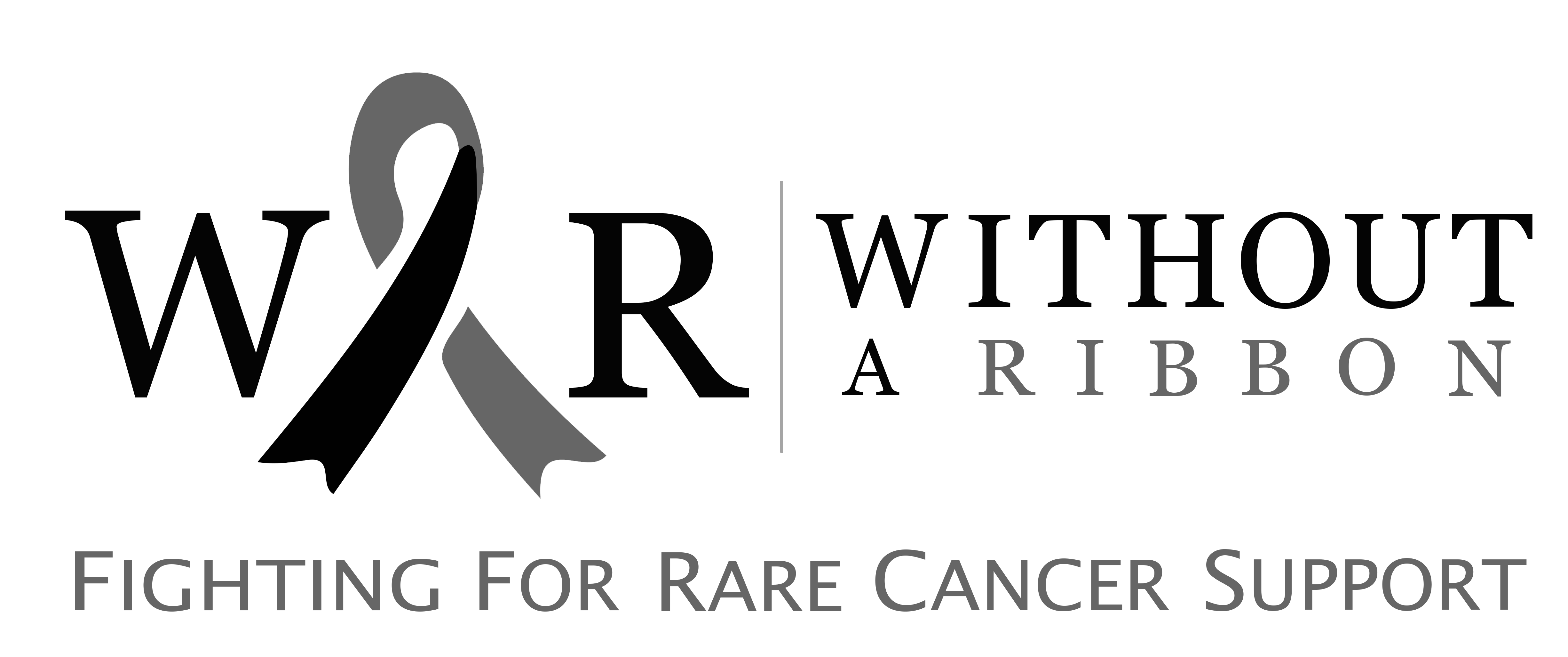Sclerosing Epithelioid Fibrosarcoma (SEF) is a rare and slow-growing type of cancer that develops in the body’s soft tissues — the muscles, tendons, or connective tissues that hold our body together.
The word “sclerosing” means hardening, and “epithelioid” refers to the shape of the cancer cells, which look like those found in the skin or lining tissues under a microscope. Despite its slow growth, SEF has a strong tendency to come back after treatment and can sometimes spread to other parts of the body, most commonly to the lungs or bones.
Symptoms
Sclerosing Epithelioid Fibrosarcoma (SEF) usually appears as a deep, firm lump under the skin or inside the muscles. It can develop in many parts of the body, but the most common sites are the arms, legs, trunk, or sometimes the internal organs. Because it grows slowly, people often do not notice it at first.
Over time, they may begin to feel a painless lump that gradually increases in size. When the tumour presses on nearby nerves or muscles, it can cause discomfort, pain, weakness, or limited movement of the affected limb. If the tumour grows in the chest or abdomen, symptoms may include swelling, abdominal pain, or pressure on nearby organs.
Diagnosis
To diagnose Sclerosing Epithelioid Fibrosarcoma, doctors rely on imaging tests such as MRI or CT scans to locate the tumour and understand how large it is. A biopsy is then performed, where a small piece of the tumour is examined under a microscope. Pathologists can identify SEF by its unique cell pattern and the dense, fibrous tissue around it. Sometimes, genetic testing is used to find special changes in certain genes, such as the EWSR1 gene, which help confirm the diagnosis.
Treatment
Treatment for Sclerosing Epithelioid Fibrosarcoma usually involves surgery to remove the tumour completely with some surrounding healthy tissue, to lower the chance of it coming back. In many cases, radiation therapy is used either before or after surgery to kill any remaining cancer cells. Chemotherapy may also be given, particularly when the tumour has spread or cannot be completely removed.
Prognosis
Although SEF tends to grow slowly, it is still considered a serious cancer because of its high risk of recurrence and spread over time. Regular follow-up and imaging are important even years after treatment.
You can help us with your donation:
Without a Ribbon is a charity that works hard to aid those who suffer from rare cancers. You can help our cause in a variety of ways:

